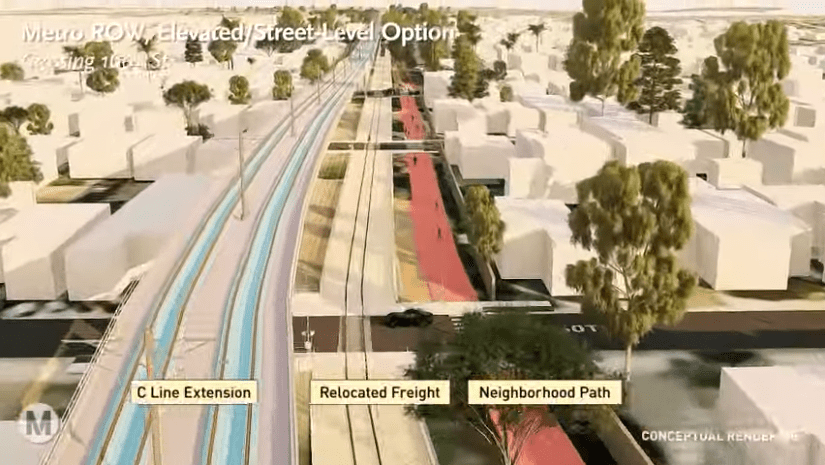Urbanists have won an important victory in their campaign to reverse Fannie Mae and Freddie Mac’s biasagainst mixed-use development, enlisting the National Association of Home Builders to help push for a critical reform to Fannie Mae and Freddie Mac’s lending standards. The mortgage giants currently require that projects they finance be no more than 25 percent commercial (20 percent for Fannie and for multifamily HUD projects.)

This San Diego condo development has ground floor retail, making the neighborhood more walkable. Photo by LA Wad
The Congress for the New Urbanism has waged a battle against these mandates. “Every Main Street in America violates Fannie Mae’s and Freddie Mac’s rigid standards,” CNU President John Norquist has said.
According to CNU, Fannie and Freddie’s commercial-space maximums have had “a distorting effect on building types and development patterns,” especially disadvantaging low- to mid-rise buildings with retail on the first floor and apartments or condominiums above. “Before these regulations, low-mid rise mixed use buildings were common.”
But CNU has won over an important ally in its fight against Fannie and Freddie’s anti-urban lending practices. The board of the National Association of Home Builders has joined with CNU and the National Town Builders Association in asking the lenders to raise the commercial space cap to 45 percent. That would allow significantly more retail space to be built into residential developments, providing those residents and nearby neighbors with convenient services that they don’t have to drive to.
CNU has tailored its urbanist message to a more conservative audience, arguing that free enterprise demands these changes:
This change would allow market forces to better determine characteristics of development rather than federal mandates. It would allow the market to respond to recent consumer preferences for mixed use neighborhoods, as most recently reported in the Urban Land Institute/Pricewaterhouse Coopers Emerging Trends in Real Estate 2011. Government generated regulations that suppress development that responds to consumer demand can negatively effect growth and recovery. CNU and NTBA’s proposal is to remove or substantially ease these restrictions.






